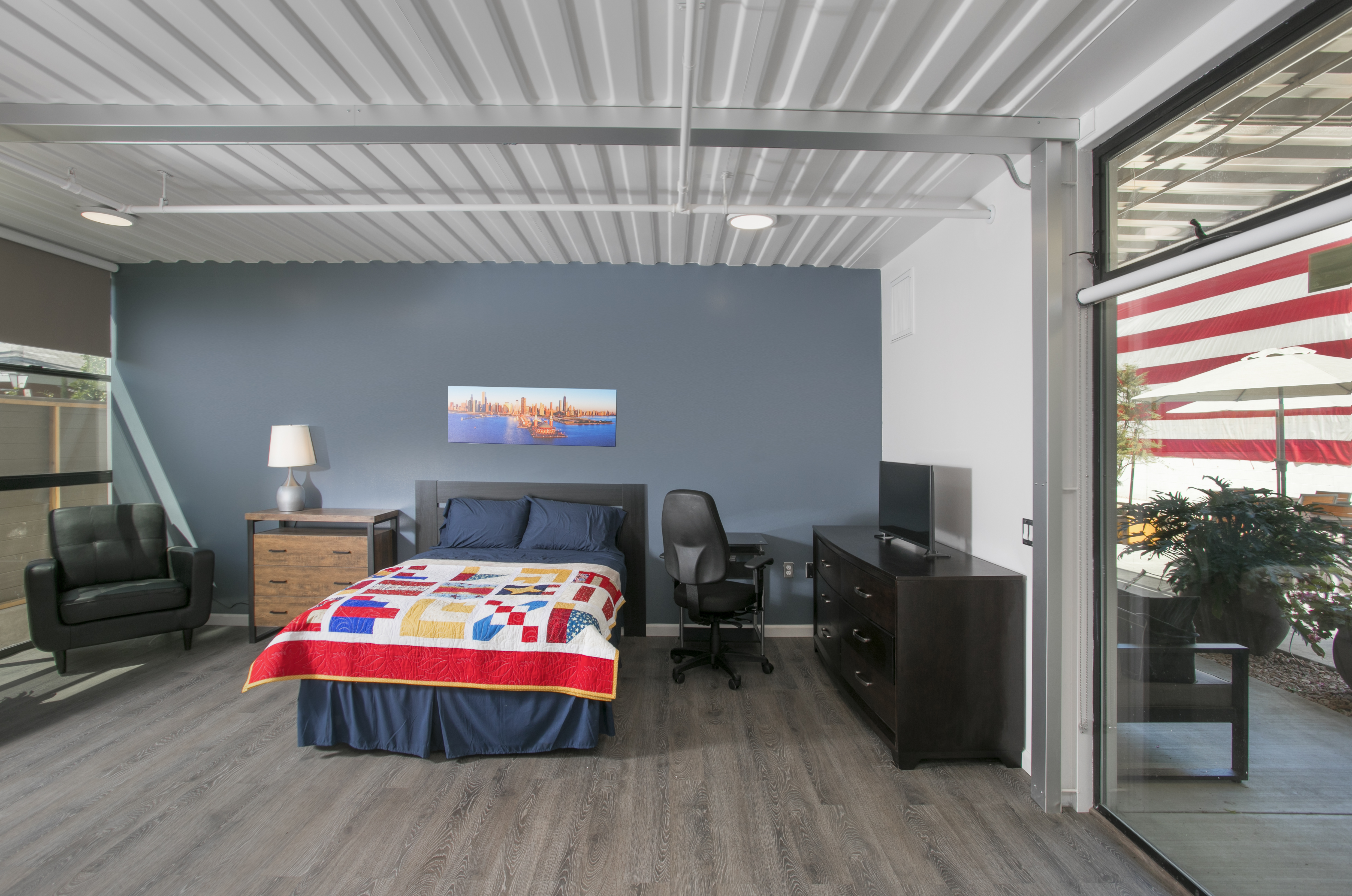In an effort to help address the need for affordable living spaces in Downtown and Midtown, the City of Long Beach has approved a pilot program focused on the development of up to 500 micro-units – housing defined as dwellings measuring roughly 300 square feet. This program will provide innovation opportunities for designers, maximization of lot space for developers, and affordable, high-quality living space for residents.
The program arose from a recommendation made two years ago by a mayoral task force convened to tackle affordable housing. At the beginning of 2019, the Long Beach Development Services Department began an in-depth process to research how other cities were addressing affordable housing needs and what locations in Long Beach might be best to implement a pilot program.
The resulting plan, which focuses on Downtown Long Beach and the Midtown Corridor, was presented to the Long Beach Planning Commission last year, approved by the City Council in November, and went into effect in late December. “We’re looking forward to processing our first developer application very soon,” said Christopher Koontz, Deputy Director of Development Services for the City.

CRATE Modular’s showroom. Click images to enlarge.

Inside a micro-unit made from a shipping container in Los Angeles. Images from CRATE Modular.

A 480 square foot studio unit at Potter’s Lane veterans housing in Orange County.
“The purpose of the pilot program is to study the development of micro-units as it progresses, basing improvements in essential elements such as parking and in-unit amenities on real data,” Koontz continued. “If the creation of the first 500 micro-units in Downtown and the Midtown Corridor is deemed successful, we want to look at a Citywide roll-out. We can craft a permanent micro-housing plan for the City based on our findings from the pilot program.”
Derek Burnham, who worked in the City’s Planning Bureau for nine years before founding Burnham Planning and Development in 2013, saw indicators of a growing micro-unit trend soon after beginning his consulting practice. “We started seeing a demand from our developer clients who were noticing an uptick in the demand for studio apartments,” Burnham explained. “That, coupled with rising Downtown rents, meant that there weren’t many affordable entry-level living options for folks. We noticed that micro-unit pilot projects were working in high-rent cities such as New York, San Francisco, and Seattle. To us, it looked scalable for Downtown Long Beach.”
Burnham pointed out that this program could help unlock development opportunities on some smaller Downtown land parcels that couldn’t otherwise have a sustainable unit yield, which is measured in dollars per square foot. “We see opportunity in the adaptive reuse realm as well: reusing an existing building,” Burnham said. “Our focus at the moment is on some of these small, vacant or under-utilized land parcels, which range from roughly 7,500 to 15,000 square feet. A lot of the large land parcels in Downtown, such as the Acres of Books block of Long Beach Boulevard, are already spoken for and it is appropriate that they are being built out on a larger scale.”
Another dimension of the adaptive reuse concept comes from the Carson-based company CRATE Modular, which utilizes recycled shipping containers as building blocks for its assortment of micro-unit housing designs. The company is at the forefront of the container-based housing movement: its Orange County project, Potter’s Lane, was the first multi-family affordable housing building in the United States to be constructed with shipping containers.
“Our micro-units work well for single adults, students, and seniors, as well as for permanent supportive housing,” said Amanda Gattenby, CRATE Modular’s Vice President of Development. “Our unit interiors look like typical new construction interiors, with features such as solid plywood cabinets with soft-close drawers, solid surface countertops, and LED lighting.”
“A lot of amenities can fit into a micro-unit space,” agreed Burnham. “It should feel like an upscale hotel room, somewhere you can spend time in regularly.”
The micro-unit pilot program represents a potential paradigm shift in affordable housing for Downtown and throughout Long Beach. Interested stakeholders are invited to get in on the proverbial ground floor. “Give the Department of Development Services a call,” said Koontz. “If you have a micro-unit design idea, we can help you work through it.”
